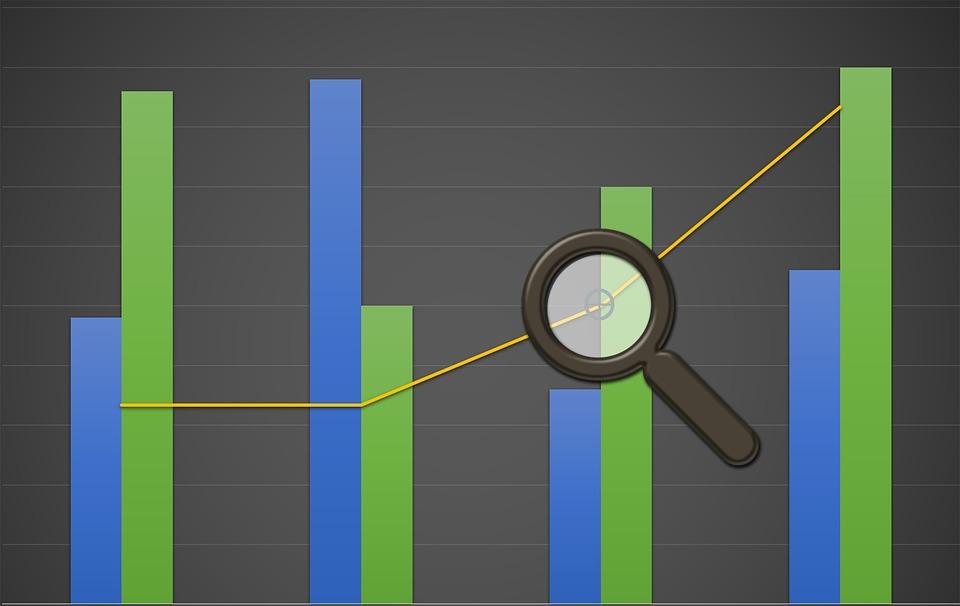Every trader should be able to spot, understand, and know how to take advantage of market trends, since this is one of the basic keys to successful online trading.
After an overall satisfactory 2021 for some of the leading financial assets, 2022 starts with more uncertainties, as the Federal Reserve and other central banks are shifting monetary policies, together with waning fiscal stimulus. In light of that, it is a good time to acquire some basic understanding on trends, both bullish and bearish – and this guide will provide a sound beginning.

What’s a bull market?
From a technical analysis point of view, a bull market is characterized by upward sloping prices, or a series of higher lows and higher highs. It can also be interpreted as a period during which the closing prices on any time frame are higher in the case of most candles.
The impulsiveness of the bullish trend can vary. You should know that trends are either volatile (when impulsive moves are followed by deeper corrections), or non-volatile (when the price has a clear directional bias and counter-trend moves are small or nonexistent).
What’s a bear market?
On the other hand, a bear market is the complete opposite, characterized by downward sloping prices, or a series of lower lows and lower highs. Some traders view bear trends as periods during which the closing price is below the opening price, regardless of the time frame.
Just like with bull trends, the same two categories of a trend apply, regardless of whether it relates to forex values or any other asset type. Another important point to note concerns the psychology and emotions that drive a market trend, an issue sadly ignored by many traders.
The psychology behind price action moves
At the end of the day, a market is simply a crowd of people making financial transactions, even now that the financial industry is influenced by technology. Trading algorithms are still created by humans and. as human creations, they place trades in the market according to human behavioral patterns.
This means that a bull/bear market is driven by different emotions. When prices are rising, the dominant emotion is confidence. Market participants (traders or financial institutions) believe that valuations can increase and they place buy orders, driving the prices higher.
Speaking of bear markets, fear is what motivates buyers to reduce their exposure, or alternatively to sell short. Bearish trends occur when there is a growing majority with an intent to sell, tilting the order flow in favor of sellers.
Market rhythm
You can have a different perspective on markets (bullish or bearish), depending on what time frame you are studying. That is why professionals tend to use daily/weekly charts to assess where any given asset is headed in the long run. Short-date charts are useful in terms of improving timing and accuracy, but fail to show you a bigger picture of price action.
Leave a Reply